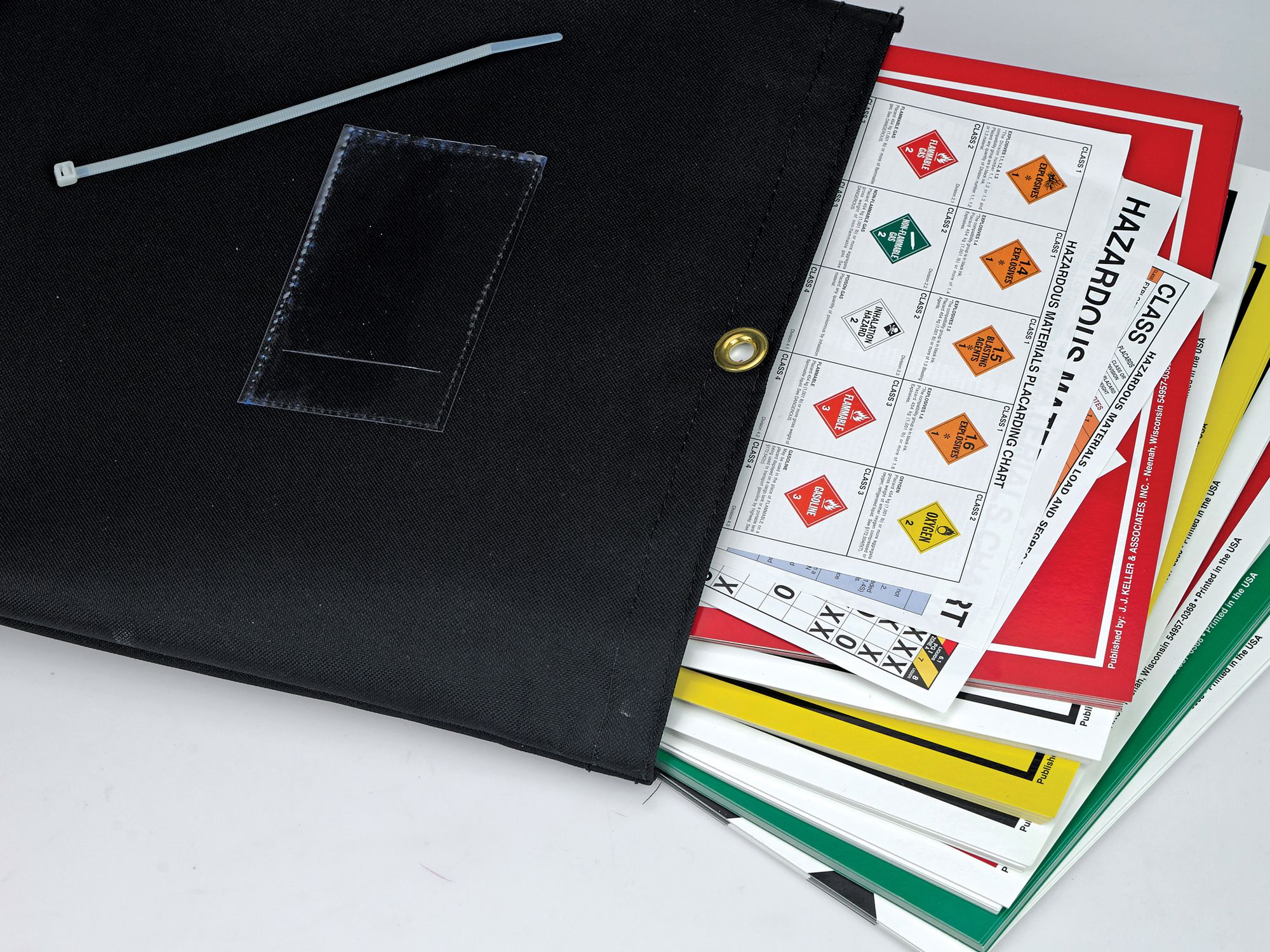DOT’s Hazardous Materials Regulations

- The Hazardous Materials Regulations apply to all private, common, and contract carriers transporting hazardous materials in commerce.
- The regulations define nine hazard classes.
The Hazardous Materials Regulations (HMR) are designed to assure the safe transportation of any substance or material which “is capable of posing an unreasonable risk to health, safety, and property when transported in commerce. . . .” With this purpose in mind, it is easy to see that significant hazards call for detailed and restrictive requirements. A material is considered “hazardous” if it meets one or more of the Department of Transportation’s (DOT) hazard class definitions, and/or is a hazardous substance, hazardous waste, marine pollutant, or elevated-temperature material.
The Hazardous Materials Regulations apply to all private, common, and contract carriers transporting hazardous materials in commerce. The regulations are prescribed to minimize the dangers to life and property incident to the transportation of the hazardous materials. An up-to-date copy of the complete regulations is essential if the company is engaged in transporting or handling any hazardous materials.
Classification
The first step in shipping a material is determining what it is and if it is subject to the Hazardous Materials Regulations. Is it a hazardous material?
The regulations define a hazardous material as a material which is “capable of posing an unreasonable risk to health, safety, and property when transported in commerce.” To determine if the material is a hazardous material a company needs to know:
- The hazard classifications in the Hazardous Materials Regulations;
- Criteria for hazardous substances, hazardous wastes, marine pollutants, and elevated temperature materials; and
- The hazard(s) of the material.
The regulations define nine hazard classes. Some of the classes are further subdivided into divisions. There is also a category of hazardous materials known as “Other Regulated Material” or “ORM-D.”
Some hazardous materials are further subdivided into packing groups. The packing group indicates the degree of danger presented by the hazardous material.
- Packing Group I — great danger
- Packing Group II — medium danger
- Packing Group III — minor danger
Packing groups are assigned to many hazardous materials, except Class 1, Class 2, Class 7, ORM-D materials, and some Division 4.1, 5.1, 5.2, 6.2, Class 8, and most Class 9 materials.
